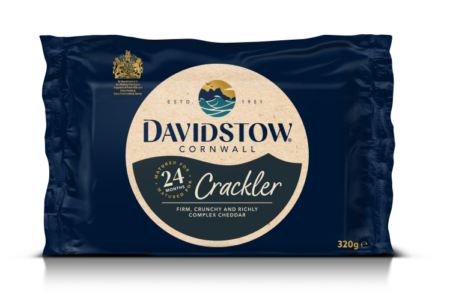MIV has cautious positive news

“Significantly better milk prices over the last year were good for milk producers and dairies. However, 2017 was also characterised by rising milk volumes in Europe and around the world,” notes, Hans Holtorf, the CEO of frischli Milchwerke and deputy chairman of the German Dairy Industry Association (MIV).
An unprecedented spread of the various uses for milk fat and milk protein had been identified. As a result, markets have developed even more positively in recent weeks than was expected just a few months ago. “It’s too early to talk about a new milk market crisis. However further market assessments must be carried out with care,” continues Holtorf.
German dairy farmers delivered 31,256 million tons to German dairies in 2017, surpassing the previous year’s figure by only + 0.1%. This almost identical milk yield is due to an increase in milk production in the second half of 2017. In the EU as a whole, volume of milk delivered increased by 2.1% to just under 155 million tons.
At the beginning of 2018, when there was a slight seasonal increase, milk deliveries in Germany dropped by more than 1% at the beginning of March, probably due to weather conditions. As a result, the lead over the previous year’s line fell to 0.8%.
The production of organic milk experienced a massive increase in 2017 (+18.7 %). Thus, the share of milk yield is now 3% (2016: 2.54%). In December 2017 alone, almost 32 % more organic milk was produced than in the previous year.
The high and stable producer prices for organic milk had motivated milk producers in Germany and neighbouring EU countries to switch production to organic. This year, the trend is continuing. There is uncertainty, however, as to whether traders will be able to sell the growing amount of organic milk and organic milk products at similarly high levels.
The German producer prices for raw milk continued to rise in 2017. From initially around €0.32 per kilogram, the base prices for raw milk rose according to official statistics to almost €0.40 per kilogram at the end of the year.
On average, this resulted in a price of about €0.36/kg of raw milk. So milk prices were more than nine cents above the average for 2016 and well above the long-term average. Meanwhile, the median price for organic milk was €0.48 last year with relatively little change.
Dairies in Germany have expanded their production and cheese exports reached a new record. After a significant decline in autumn 2017, cheese prices recovered in early 2018.
In contrast to the fat market, the milk protein segment continues to be difficult. The EU still cannot reduce the large quantities of skimmed milk powder in the intervention in larger steps.
As a result, it is currently expected that the EU will not buy skimmed milk powder for intervention in the coming months through the new procedure.



